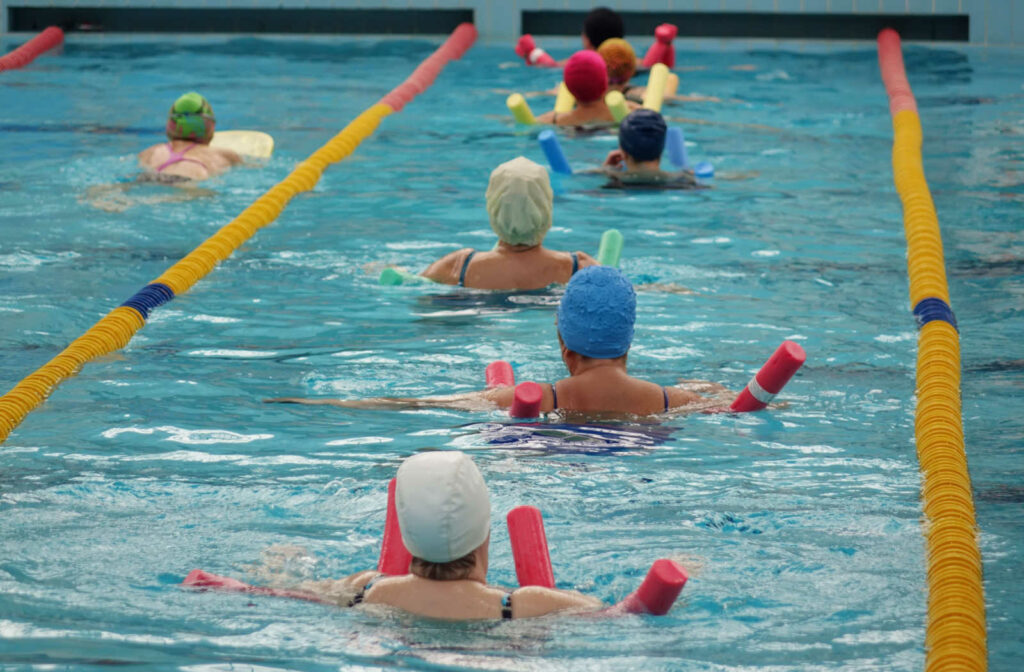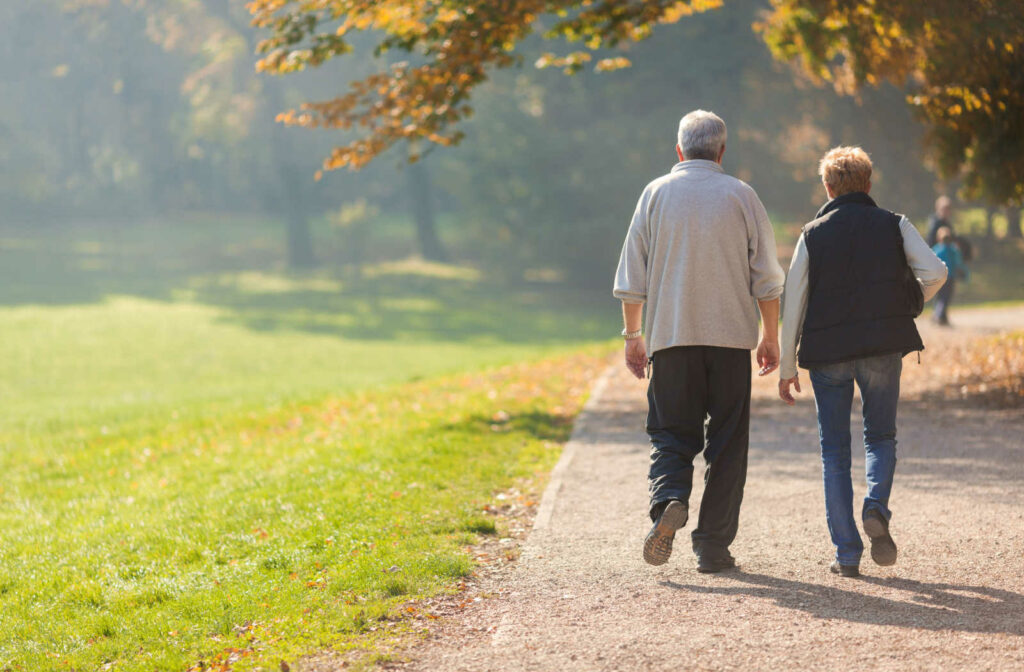As the body ages, it becomes even more important to keep it moving and muscles working. Regular exercise can help improve mental health, help prevent serious medical issues, and improve sleep.
Experts recommend older adults get 150 minutes a week of moderate exercise, which can be broken up into 30 minutes a day, 5 days a week. Whether living at home or in a senior living facility, older adults should focus on different types of physical activity for a well-rounded routine that makes functional movement easier in their everyday life.
Benefits of Physical Activity for Older Adults
Physical activity can offer a boost of immediate benefits and long-term advantages with regular exercise. Some benefits they’ll notice after an exercise session can include:
- Better sleep
- Reduced blood pressure
- Reduced anxiety and depression
- Improved energy level
They can experience other long-term benefits to physical health, including:
- Lower risk of developing dementia or Alzheimer’s disease
- Prevention of certain cancers
- Maintaining a healthy weight
- Improving bone health
- Increased coordination and balance
How Much Physical Activity Do Older Adults Need?
Older adults should strive to get 150 minutes a week, or 30 minutes a day, 5 days a week. There are various aspects of fitness they should try to focus on during exercise, including:
- Balance
- Flexibility
- Endurance
- Strength
Getting aerobic exercise during physical activity is crucial, and they can supplement their exercise with strength training, balance work, and stretching. Many workouts and physical activities combine these components, helping older adults develop a varied routine and keeping them healthy.

Accessible Physical Activities for Older Adults
Depending on their fitness and mobility level, their exercise routine may look different than their neighbor’s. However, some activities are accessible to most older adults to get the blood circulating.
Chair Yoga
Yoga is for everybody and is easy to modify. Doing yoga combines strength, flexibility, and balance, and using a chair can help those just starting to build a foundation.
Chair yoga offers all the same benefits as traditional yoga—reducing stress, improving energy, helping joint mobility, and more—with more accessible poses whether older adults are struggling with an injury, mobility issues, or age-related aches and pains.
Water Aerobics
Any water exercise can be ideal for seniors with arthritis, joint pain, back pain, and more. The buoyancy of the water relieves pressure on the joints and lets them work on endurance with a low-impact activity. The water also offers natural resistance, making water aerobics a strength training exercise as well.
If they’re introducing more physical activity into your life, aquatic exercise can be an impactful place to start working on cardiovascular health, muscle strengthening, core work, and more.
Resistance Band Exercises
Those who have gone through physical therapy are probably familiar with resistance bands. They’re elastic strips of rubber that add resistance to exercises, working muscles without adding traditional dumbbells or weights.
If older adults are dealing with back pain, joint problems or are new to strength workouts, resistance band exercises can improve muscle mass. Through a series of exercises, they can practice functional movements that will make daily life easier, whether carrying shopping bags, improving balance, or preventing aches and pains from developing.
Walking
Going for a nice outdoor walk gives older adults the benefits of fresh air, natural light, and vitamin D. Walking can also be enjoyed with neighbors, other residents in the community, and family members.
Generally, adults are encouraged to get 10,000 steps per day, but a short walk is better than no exercise. Walking is an aerobic exercise that works your muscles, promotes joint flexibility, improves balance, and can help lower the risk of diabetes, heart disease, stroke, osteoporosis, and osteoarthritis.
Biking
Whether they prefer riding on outdoor trails or exercising on a stationary bike, cycling can be a great cardiovascular exercise for older adults. It can benefit the joints, and some bikes allow the resistance to be adjusted, easing their pedaling or making it more difficult for a challenge.
Stretching and warming up can help prevent muscle tightness and soreness from a new cycling habit. It also has the added benefit of improving flexibility.
Daily Physical Activity Is Important in Your Retirement Years
Exercising can make everyday tasks easier to do and make older adults less prone to injuries, falls, or illness. The Villages of Farragut have beautiful outdoor paths to explore on foot or a bike, a bocce ball court, and a wellness center for a daily exercise routine.
Choosing independent living opens older adults’ time so they can spend their golden years nourishing their mind, body, and spirit without worrying about cooking, cleaning, or managing a household. Instead, they can focus on enjoying hobbies and activities and socialize with their neighbors.
Book a tour of our modern, comfortable independent living suites with one-bedroom, two-bedroom, or studio layouts to suit any lifestyle, and discover the amenities we offer our residents.




